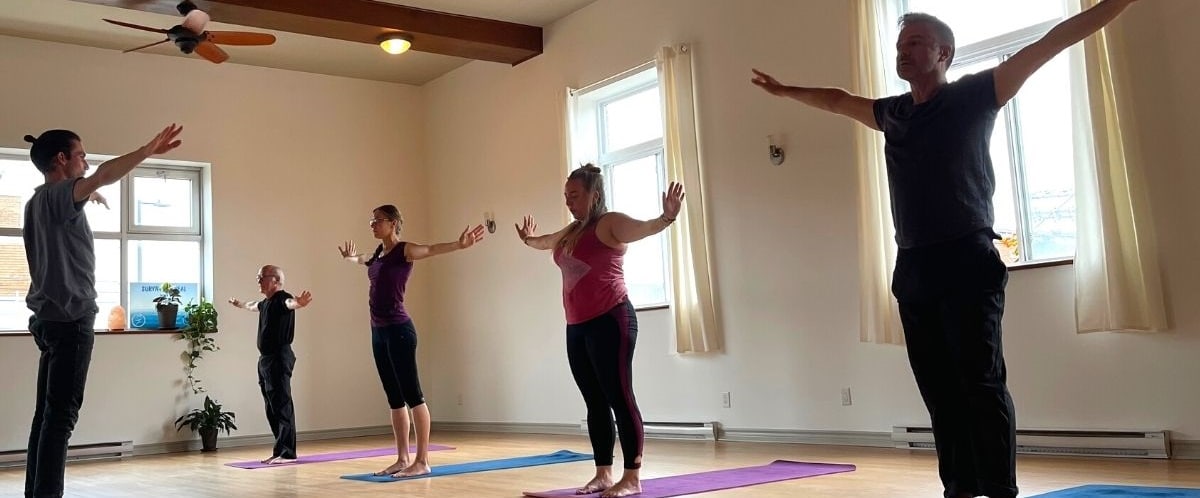TAD EVARTHAMATRA-NIRBHASAM SVARUPA-SHUNYAM IVA SAMADHIH (yoga sutrasIII.3 )
Meditation which goes on until only the consciousness of the object persists is samadhi
Three steps of samayama
It appears clearly that Dharana, Dhyana and Samadhi are in fact different phases of the same mental process. Each step differs from the previous one in the depth of concentration reached and in the isolation more and more complete of the object contemplated from distractions and self mindfulness. Samayama should be understood as being the synthesis of the three steps of the mental process of meditation culminating in samadhi.
When the aspirant progresses from dhyana (meditation) to samadhi, then they completely lose self mindfulness and the portal which leads to the world of realities can eventually open. Patanjali calls this disappearance of consciousness from the mind of itself: “Svarûpa Shûnyam Iva”, which means, “the actual form or essential nature of the mind disappears so to say.”
Any description or explanation about the higher state of Samadhi or contemplation is difficult, because words and sentences are merely a mental effort aiming at submitting to the brain of the personal self what will make it able to appreciate and understand the process.
Characteristics of the samadhi state
In samadhi, the yogi loses sight of:
- their intellectual consciousness, or notions from the physical plane belonging to time and space,
- their emotional reactions about the process of their meditation,
- their mental activities;
so that all the “modifications” of the thinking process, all the emotional reactions of the vehicle of the mental-desire (kama-manas) are subjugated, the yogi being unconscious. They are however intensely alive and alert, positive and awake; because the brain and the mind are firmly curbed by the yogi who uses them without any of their intervening.
This literally means that the independent life of forms through which the real self works is calm, pacified and subjugated, the real and spiritual man being awake in his own plane and able to work making a thorough use of the brain, the envelopes and the mind of the inferior self – his vehicle or instrument. He is consequently centered on himself, or on the soul aspect. He has lost sight of any sense of separateness, or of his inferior personal self; he identifies with the soul of the form which is the object of his meditation.
Without being hindered by mental substance, or by the nature of desire, he “penetrates” a state which presents four main characteristics:
- the absorption in consciousness of the soul and, consequently, the conscious knowledge of the soul of all things. Form is not perceived and the vision of reality, which veils all forms, reveals itself.
- liberation from the three worlds of sensory perception, so that only what is without form, desire, and concrete mental substance is known and can be reached.
- the consciousness to make one with all souls, subhumans, humans and supra humans. Group consciousness expresses this idea to some extend, just as particular consciousness, or the consciousness that a being can have of its own individual identity, characterises consciousness in the three worlds.
- Illumination, or the perception of the light aspect of manifestation. Through meditation, the yogi knows to be light themselves, to be a flaming dot of essence. Through the easiness through which the meditation process unfolds, they can focus this light on any object of their choosing and “connect” with the light hidden in this object. This light is then recognised to be one in essence with their own center of light, and understanding, communication and identification then become possible.
In the yoga sutras, there are ten stages of samadhi each representing a different level of depth.




